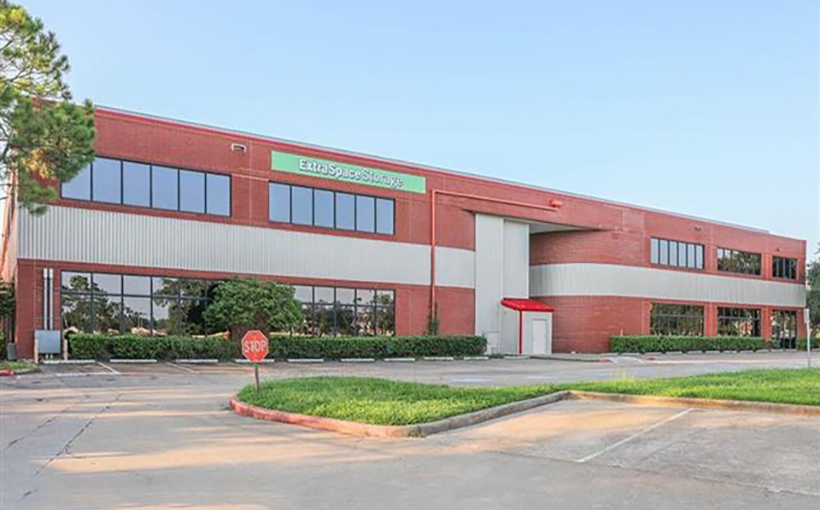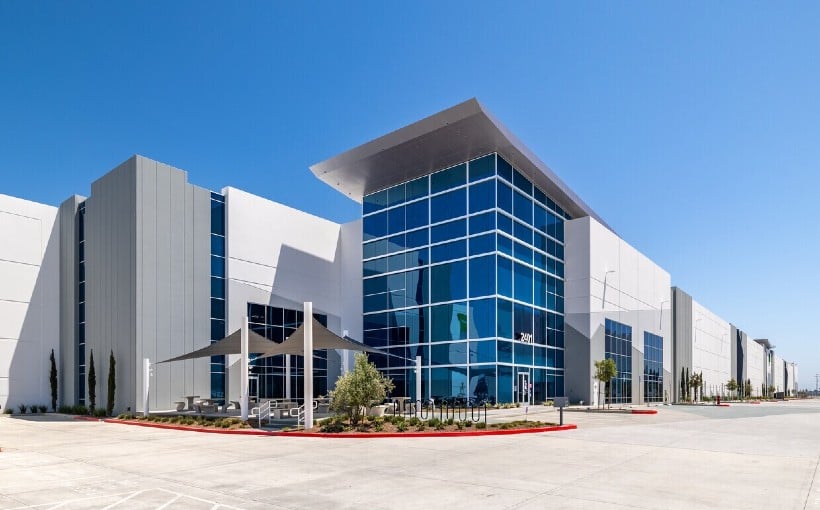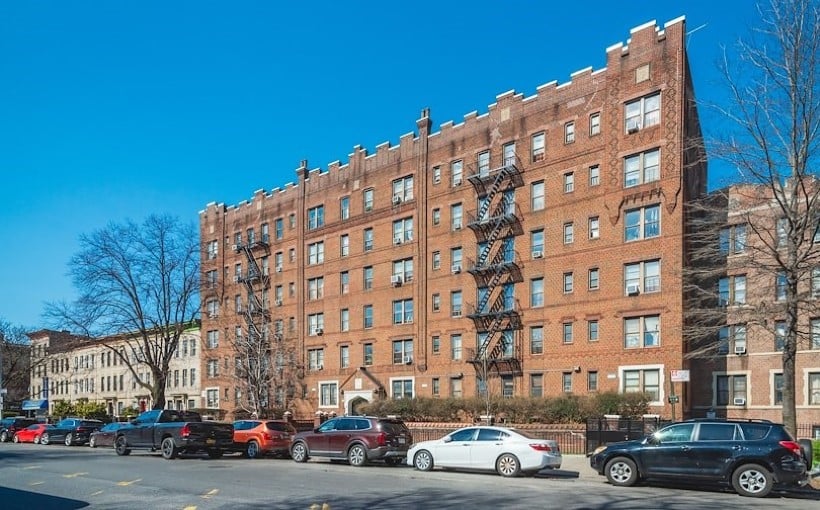Featured: 555 Bay Area Blvd., Houston. Originally an office building, this facility was transformed into a self storage facility in 2018. Photo courtesy of YardiMatrix.
Maria Gatea
Adaptive reuse has been a hot topic lately, with many stories focusing on converting office buildings for residential or hospitality purposes. However, there is another form of adaptive reuse that has gained attention – the conversion of former industrial structures and large retail spaces into self storage facilities.
A recent report from StorageCafe titled “Out with the Old, In With Self Storage” revealed some interesting facts about this trend:
– Approximately 9% (191 square feet) of U.S. self storage inventory comes from adaptive reuse projects.
– Industrial buildings make up about 78% of these conversions while former retail spaces account for around 16%.
– Converted properties tend to offer more affordable rates compared to purpose-built facilities in almost half (49%)of the cities analyzed.
Analyzing Costs
According to Maria Gatea, Real Estate Editor at StorageCafe and author of the report, expensive land prices and strict zoning laws can make it difficult to construct new self storage facilities in many cities. On the other hand,”converting an existing building into a self storage facility is often more cost-effective than new construction,” she told Connect CRE.
Gatea explained that repurposing an existing building’s foundation,walls,and roof requires fewer materials compared to starting from scratch.”Labor costs are also lower as there is less need for complex construction and heavy machinery.”
However,this type of conversion isn’t suitable for all types of buildings.Gatea emphasized that structural integrity,height,and layout play important roles.High ceilings and open floor plans are ideal,she said,and industrial buildings usually meet these requirements right off-the-bat.”Upper floors in self-storage facilities require load-bearing capabilitiesof at least125 pounds per square foot.While industrial buildings typically have this capacity,retail and office spaces often require additional support modifications.”
Location Matters
The report also highlighted the fact that many converted facilities are conveniently located within city limits.Additionally,they usually offer lower rates compared to purpose-built self storage facilities.”In almost half of the 1,100-plus cities we analyzed,”the report stated,”converted facilities offer better rates,making them a smart choice for budget-conscious renters.”
Gatea added that another advantage of these locations is fewer zoning challenges compared to new developments.”Many areas allow more flexibility for repurposing existing structures even where new construction is restricted.This means investors can locate self-storage facilities closer to where people live and work,addressing demand directly.”
Chicago leads in terms of self storage adaptive reuse with 7.3 million square feet of space converted into storage units.New York City boroughs like Brooklyn (ranked #2),Manhattan,the Bronx,and Queens have also contributed significantlyto this trend.
Source: StorageCafe
Conversion Trend Continues
With urban areas becoming denser and land becoming scarce,Gatea predicts a strong future for self-storage conversions.”Adaptive reuse allows developers to tap into the growing demand for self storage in urban areas without needing new land,”she explained.
Considering that over half (55%)of all conversions occurred between 2014-2023,Gatea believes this momentum will continue as converting older buildings meets both market needs and community goals.




